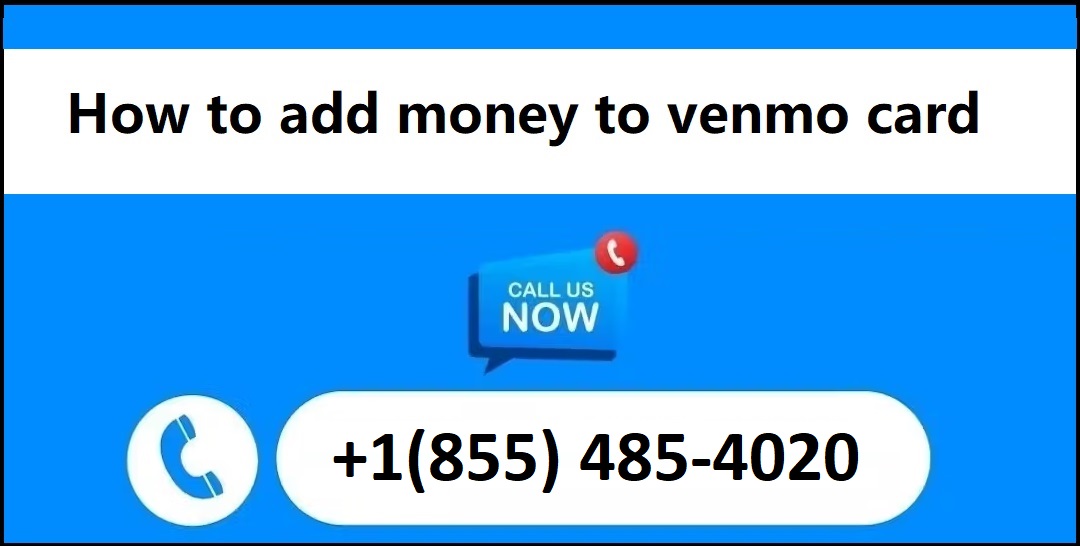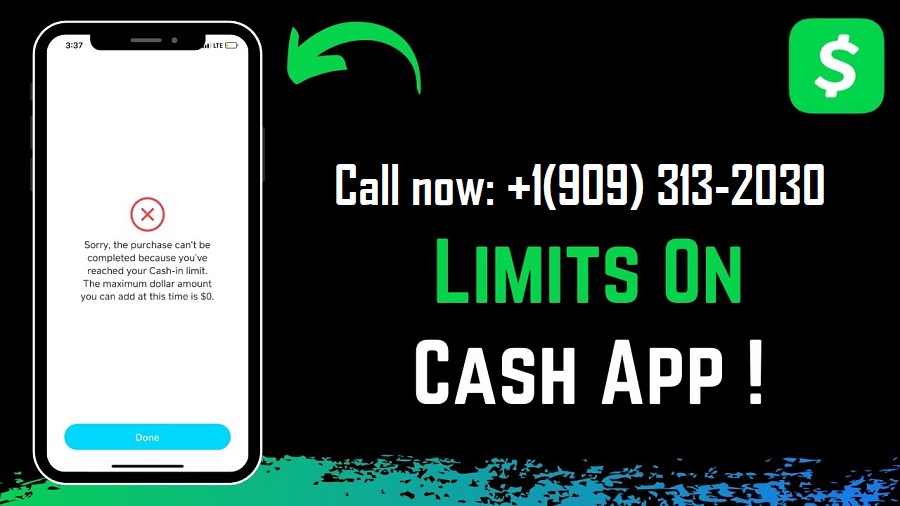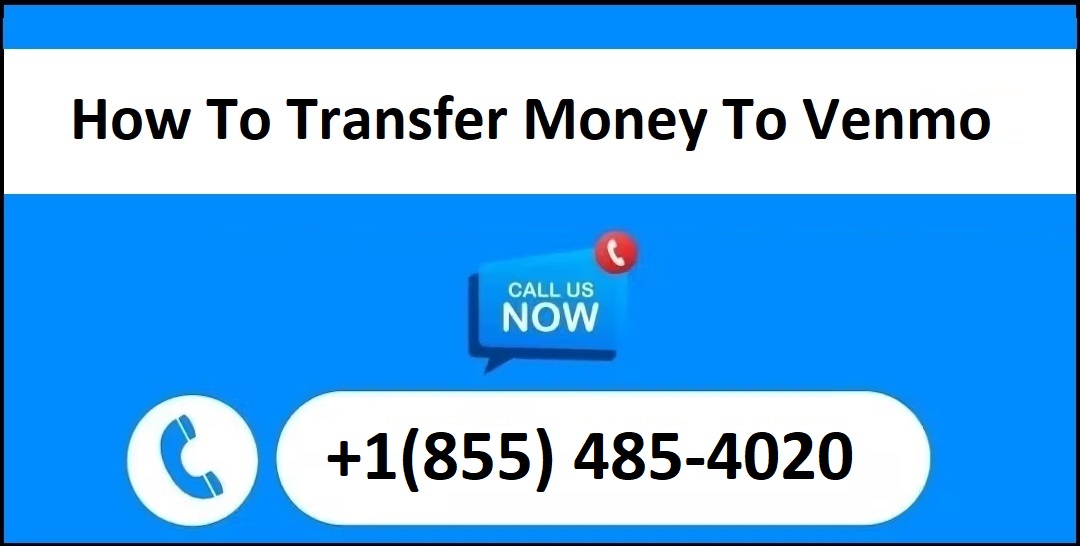To increase your Cash App limit quickly and easily, you can follow these steps:
· Verify your account: Cash App offers different limits for verified and unverified accounts. To increase your limits, you need to verify your account by providing personal information such as your full name, date of birth, and the last four digits of your Social Security number.
· Link a bank account or debit card: Linking a bank account or debit card to your Cash App account will help increase your limits. To do this, open the Cash App, go to the “Banking” tab, and follow the prompts to link your account. Once linked, you can send or receive higher amounts of money.
· Increase transaction history: Regularly using your Cash App account for transactions and maintaining a positive transaction history can help increase your limits. Conducting frequent transactions, receiving payments, and keeping a consistent usage pattern can demonstrate your reliability and prompt Cash App to increase your limits.
· Contact Cash App support: If you have a specific need for higher limits or if you’ve already fulfilled the above steps and your limits are still not satisfactory, you can reach out to Cash App support. Open the app, go to the profile icon in the top-left corner, scroll down, and select “Cash Support.” From there, describe your situation and request a limit increase. They will guide you through the process and provide further assistance.
· Upgrade to Cash App Business: If you’re using Cash App for business purposes, upgrading to a Cash App Business account can provide higher transaction limits. Cash App Business offers additional features tailored to businesses, including increased sending and receiving limits. Open the app, go to the profile icon in the top-left corner, scroll down, and select “Upgrade to Cash App Business” to get started.
Remember that Cash App’s limit increase decisions are ultimately at their discretion, and individual circumstances may vary. It’s important to comply with their terms of service and provide accurate information when requested.
What is the Cash App Limit and How Can You Increase it?
Cash App has different limits for different types of transactions. Here are the standard limits for Cash App accounts:
Sending and receiving limits:
· Unverified accounts: $250 per week
· Verified accounts: $7,500 per week
Cash App Card purchases:
· Unverified accounts: $1,000 per day
· Verified accounts: $7,500 per day
To increase your Cash App limits, you can follow these steps:
· Verify your account: Verifying your account by providing personal information such as your full name, date of birth, and the last four digits of your Social Security number will allow you to access higher limits.
· Link a bank account or debit card: By linking a bank account or debit card to your Cash App account, you can increase your transaction limits. This demonstrates your trustworthiness and can lead to higher limits.
· Increase transaction history: Regularly using your Cash App account for transactions and maintaining a positive transaction history can help increase your limits. Conducting frequent transactions, receiving payments, and keeping a consistent usage pattern can demonstrate your reliability to Cash App.
· Contact Cash App support: If you have specific needs for higher limits or if you’ve already completed the above steps and need further increases, you can reach out to Cash App support. Contact them through the app and explain your situation. They will guide you through the process and provide assistance.
· Upgrade to Cash App Business: If you’re using Cash App for business purposes, upgrading to a Cash App Business account can provide higher transaction limits. Cash App Business offers additional features tailored to businesses, including increased sending and receiving limits.
It’s important to note that Cash App’s limits are subject to change and are ultimately determined by Cash App’s policies. By following the steps mentioned and adhering to their terms of service, you can increase your chances of obtaining higher limits.
Increase Your Cash App Limit Per Day
As of my knowledge cutoff in September 2021, the standard Cash App limit for card purchases per day is $7,500 for verified accounts. However, it’s important to note that Cash App’s limits are subject to change, and they may have updated their policies since then.
To potentially increase your Cash App limit per day, you can follow these steps:
· Verify your account: By providing personal information and verifying your account, you can access higher limits. Make sure to provide accurate and up-to-date information as requested by Cash App.
· Link a bank account or debit card: Linking a bank account or debit card to your Cash App account can increase your transaction limits. This demonstrates your trustworthiness and can lead to higher limits.
· Increase transaction history: Regularly using your Cash App account for transactions and maintaining a positive transaction history can help increase your limits. Conducting frequent transactions, receiving payments, and maintaining a consistent usage pattern can demonstrate your reliability to Cash App.
· Contact Cash App support: If you have specific needs for higher limits or if you’ve completed the above steps and need further increases, you can reach out to Cash App support. Contact them through the app and explain your situation. They will guide you through the process and provide assistance.
It’s essential to keep in mind that these suggestions are based on general recommendations, and the final decision to increase your limit lies with Cash App. It’s always advisable to check the most up-to-date information and policies directly with Cash App or their customer support for accurate details regarding your specific account.
What Are the Available Upgrade Options To Increase Your Cash App Limit?
Cash App offers upgrade options that allow you to increase your cash app transaction limits. Here are the available upgrade options:
· Verify your account: Verifying your Cash App account is the basic upgrade option that allows you to increase your limits. By providing personal information and verifying your identity, you can access higher transaction limits. This typically involves providing your full name, date of birth, and the last four digits of your Social Security number.
· Link a bank account: By linking a bank account to your Cash App account, you can increase your transaction limits. This demonstrates your financial stability and trustworthiness to Cash App, leading to higher limits.
· Upgrade to Cash App Cash Card: The Cash App Cash Card is a physical debit card that is linked to your Cash App account. By upgrading to the Cash Card, you can increase your limits for card purchases. The Cash Card allows you to spend your Cash App balance anywhere that accepts Visa.
· Upgrade to Cash App Business: If you are using Cash App for business purposes, upgrading to a Cash App Business account can provide higher transaction limits. Cash App Business offers additional features tailored to businesses, including increased sending and receiving limits.
To explore these upgrade options, open the Cash App and navigate to the settings or profile section. Look for the available upgrade options and follow the prompts to complete the necessary steps.
It’s important to note that Cash App’s upgrade options and associated limits may vary and are subject to change. To get the most accurate and up-to-date information about available upgrade options and associated limits, it’s recommended to consult the Cash App website or reach out to their customer support directly.
Tips And Tricks to Maximize Your Cash App Limit
To maximize your Cash App limit and make the most of its features, you can follow these tips and tricks:
· Verify your account: Start by verifying your Cash App account. A verified account typically has higher transaction limits compared to unverified accounts. To verify your account, provide the requested personal information, such as your full name, date of birth, and the last four digits of your Social Security number.
· Link a bank account or debit card: Linking a bank account or debit card to your Cash App account can help increase your cash app transaction limits. It demonstrates your financial stability and can lead to higher limits. Go to the “Banking” section in the app to link your account or card.
· Upgrade to Cash App Cash Card: Consider upgrading to the Cash App Cash Card. It is a physical debit card that is linked to your Cash App account. The Cash Card allows you to spend your Cash App balance anywhere that accepts Visa. It can provide additional spending flexibility and potentially higher transaction limits for card purchases.
· Increase transaction history: Use your Cash App account frequently and conduct a consistent number of transactions. Maintaining a positive transaction history can demonstrate your reliability to Cash App and may lead to increased limits over time.
· Contact Cash App support: If you have specific needs for higher limits or have completed the above steps and require further increases, you can reach out to Cash App support. Contact them through the app or their customer support channels and explain your situation. They may be able to guide you through the process and provide assistance.
· Upgrade to Cash App Business: If you are using Cash App for business purposes, consider upgrading to a Cash App Business account. It offers additional features tailored to businesses, including increased sending and receiving limits.
Remember that Cash App’s limits and policies are subject to change, and the availability of certain features may vary. It’s always recommended to review the most up-to-date information on Cash App’s website or contact their customer support for accurate details regarding your specific account.
Frequently asked questions (FAQs) about Cash App:
What is Cash App?
Cash App is a mobile payment service that allows users to send and receive money, make payments, and store money in a digital wallet. It also offers a physical debit card called Cash Card.
How does Cash App work?
Cash App works by linking your bank account or debit card to the app. You can then send money to other Cash App users, receive money, make purchases with the Cash Card, and transfer funds to your linked bank account.
Is Cash App free to use?
Cash App is free to download and use for personal transactions. However, there may be fees associated with certain transactions, such as a fee for instant transfers or receiving payments from businesses.
How long does it take to receive money on Cash App?
In most cases, when someone sends you money on Cash App, it should appear in your account instantly. However, there may be instances where it takes a few minutes or up to a few hours for the funds to be available.
How do I increase my Cash App limit?
To increase your Cash App limit, you can verify your account, link a bank account or debit card, increase your transaction history, consider upgrading to Cash App Business (for business accounts), and contact Cash App support for further assistance.
Is Cash App safe and secure?
Cash App implements security measures to protect user information and transactions. It uses encryption technology and offers features like two-factor authentication. However, it’s always important to practice caution and protect your account information.
Can I use Cash App internationally?
Cash App is primarily available to users in the United States. While you can use Cash App to send and receive money internationally, it may have limitations and additional fees for international transactions.
0






